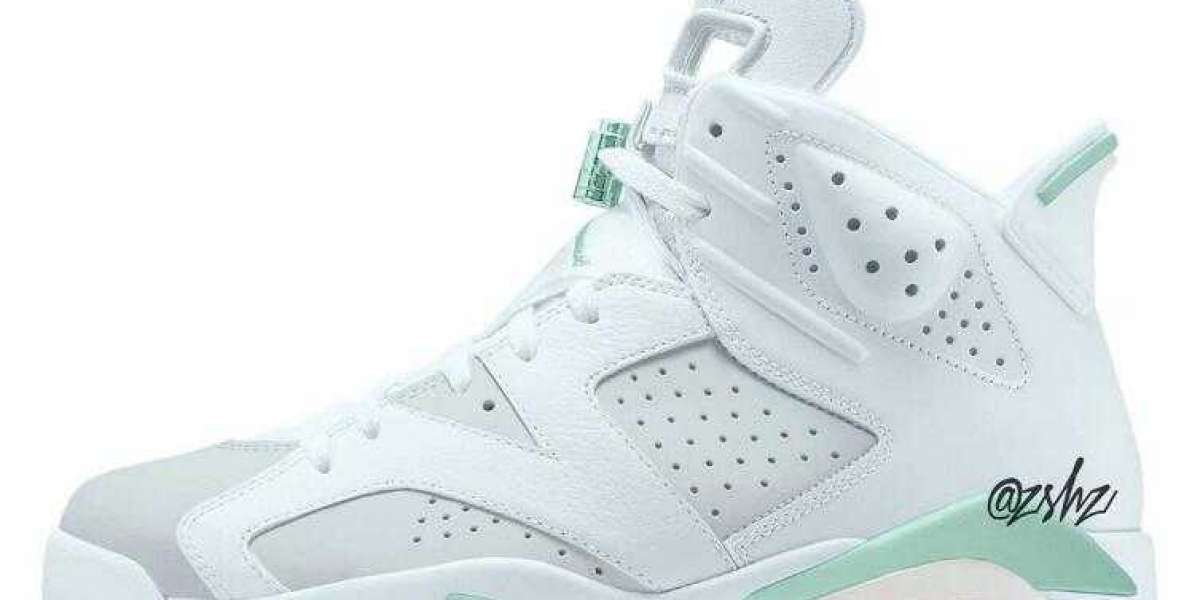Other
"The Economics of Pre-owned Luxury Goods: Market Trends and Insights"

This trend has disrupted traditional notions of luxury consumption and has become a thriving market segment within the broader luxury industry.
The
pre-owned luxury goods market has experienced significant growth and transformation in recent years. This market refers to the buying and selling of second-hand luxury items, including high-end fashion, accessories, jewelry, watches, and more. The appeal of pre-owned luxury goods lies in their affordability, sustainability, and unique value proposition. Let's delve into the key aspects of the pre-owned luxury goods market and understand its dynamics.
Market Overview: The pre-owned luxury goods market has witnessed a surge in popularity driven by changing consumer attitudes and a growing demand for sustainable and cost-effective luxury options. Luxury enthusiasts and fashion-conscious individuals are increasingly embracing pre-owned items as a way to access coveted brands at lower price points. This trend has disrupted traditional notions of luxury consumption and has become a thriving market segment within the broader luxury industry.
Sustainability and Circular Fashion: One of the primary drivers behind the growth of the pre-owned luxury goods market is the increasing focus on sustainability and circular fashion. Consumers are becoming more conscious of the environmental impact of fast fashion and are seeking alternatives that align with their values. By opting for pre-owned luxury goods, individuals can extend the lifespan of products, reduce waste, and contribute to a more sustainable fashion ecosystem.
Affordability and Value: Purchasing pre-owned luxury goods allows consumers to access high-quality and prestigious brands at significantly lower prices compared to buying new. Luxury items often retain their value, making pre-owned purchases an attractive investment for those seeking timeless pieces. This affordability factor appeals to a broad range of consumers, including fashion enthusiasts, collectors, and individuals looking to indulge in luxury without breaking the bank.
Online Marketplaces and Resellers: The rise of online platforms and dedicated luxury resellers has been instrumental in the growth of the pre-owned luxury goods market. These platforms provide a convenient and trusted environment for buyers and sellers to engage in transactions. They offer authentication services, secure payment options, and extensive product selections, making it easier for individuals to find and purchase pre-owned luxury items from around the world.
Authenticity and Trust: One of the critical concerns in the pre-owned luxury goods market is ensuring the authenticity of products. Counterfeit items pose a significant risk, threatening consumer trust and the reputation of sellers. To address this, reputable marketplaces and resellers employ rigorous authentication processes, including expert verification, to guarantee the authenticity and quality of the goods being sold. Establishing trust with consumers is crucial, and transparency in product descriptions, condition reports, and seller ratings plays a vital role in fostering confidence.
Embracing Vintage Luxury: Vintage luxury items have gained immense popularity within the pre-owned market. Vintage pieces offer a sense of uniqueness, exclusivity, and historical value. Collectors and fashion enthusiasts are drawn to iconic fashion houses and seek out rare and limited-edition vintage items. The market for vintage luxury spans across apparel, accessories, watches, and jewelry, catering to individuals looking for distinct and timeless pieces that stand out from current fashion trends.
 Canadian pharmacies not requiring prescription
Canadian pharmacies not requiring prescription
 Caramelized Australian Balsamic: Craving Perfection? Aussie Basket Delivers Every Time
Caramelized Australian Balsamic: Craving Perfection? Aussie Basket Delivers Every Time
 3D Printing Services in Coimbatore: Choose WOL3D Coimbatore for Superior Quality
3D Printing Services in Coimbatore: Choose WOL3D Coimbatore for Superior Quality
 6G Market Upcoming Opportunities, Trends and Industry Outlook 2025
6G Market Upcoming Opportunities, Trends and Industry Outlook 2025
 Air Jordan 6 Mint Foam Set to Arrival on March 2022
Air Jordan 6 Mint Foam Set to Arrival on March 2022









